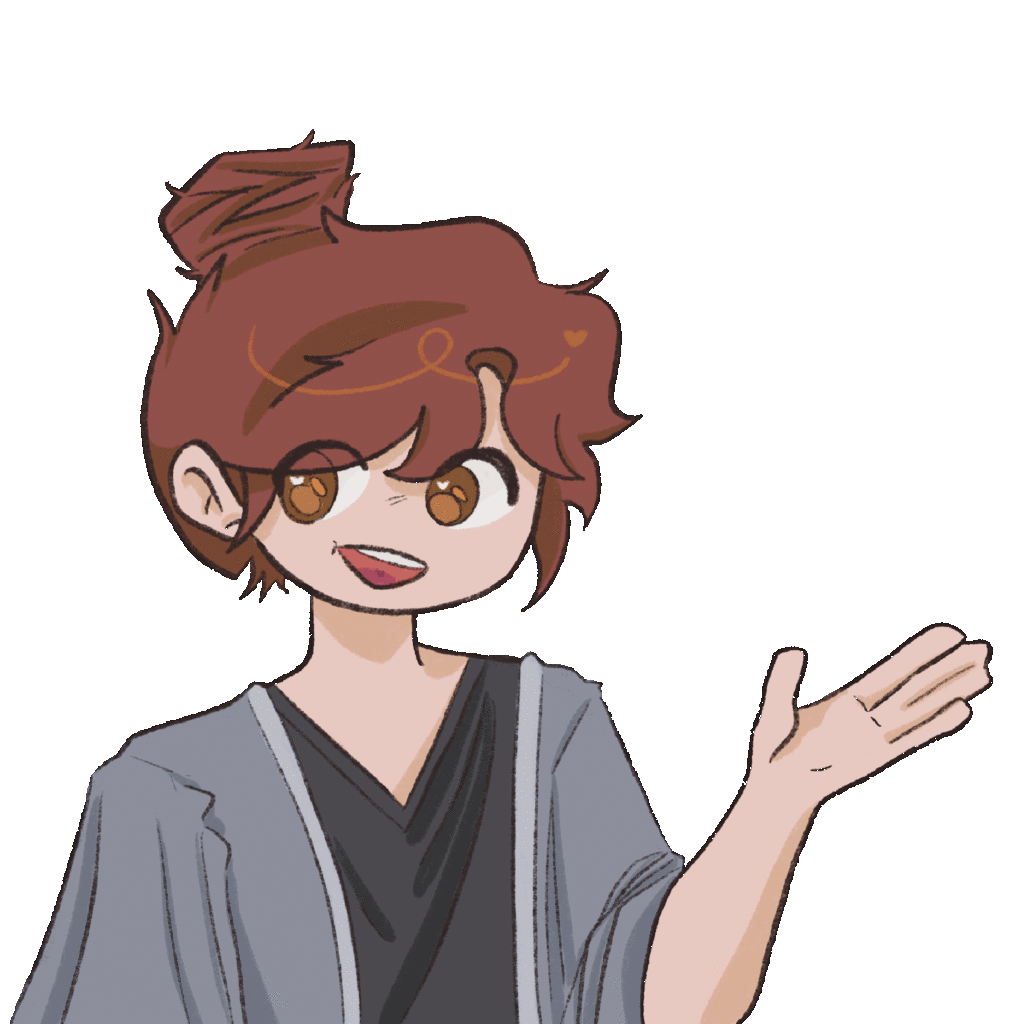Before taking this class and learning about teaching games, I believed they were pretty much always preachy and un-fun games, I suppose since those were the only ones that I had played before. So, I was a little worried going in that all my work for the class would be boring and not enjoyable. This class and project have certainly taught me the opposite can be true if the game is developed thoughtfully. It was nice to have this confirmed from our playtesters too.
I think teaching by showing is an effective way of education, and our team decided on this method as well. You aren’t telling them what is right or wrong in a one-way fashion. You show them a problematic system and they determine for themselves through observations of and interactions with the dynamics that it is indeed problematic, all while the players are having fun too.
While brainstorming, we came up with a few different topics. We ultimately ended up with a game on NIMBY-ism. The idea was to illustrate to players how communities raise concerns, some more or less valid than others, about affordable housing projects in their neighborhoods, hindering or stopping their development. Right after one of our initial out-of-class sessions, some teams members came up with the idea of the anti-packing problem which has been the basis for the game. Packing type problems (e.g. Tetris) are satisfying games to play, but the anti-packing mechanic is also super satisfying and a fun problem for humans to puzzle over. This foundational mechanic allows for a lot of fun dynamic potential. Taking classic mechanics and turning them on their head is a fun way to implement fun in the game, and is something I will be thinking a lot about when making games in the future.
Brainstorming ways to make the game both more realistic and more fun was interesting to me. Thinking about different potential mechanics and interactions was fun to me, almost like developing the game is a game itself.
I learned a lot of aspects of game design so far in this class. There are the things we covered in class that are important to keep in mind (MDAO, types of fun, mechanics, etc.) as well as things learned through “just doing it” either in-class or in playtests. I learned that it is very tricky to make a learning game that is both fun and realistic. I also learned to keep a question in mind that developers should ask themselves: “are people who disagree with our message in the target audience?”
I am now a huge fan of these fun kinds of teaching games. A lot of the examples we looked at in class and projects from other teams are fun games, and I look forward to doing more of them in my spare time. A lot of the material we have read or watched for class has been helpful to me and I will definitely be referring back to them in the future.


